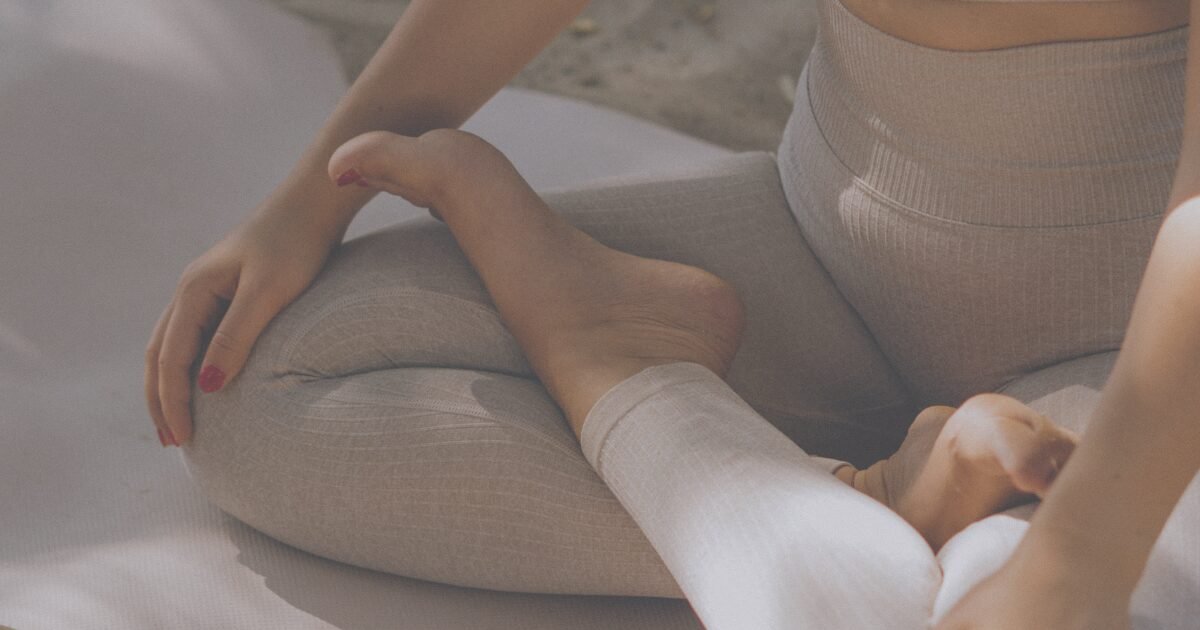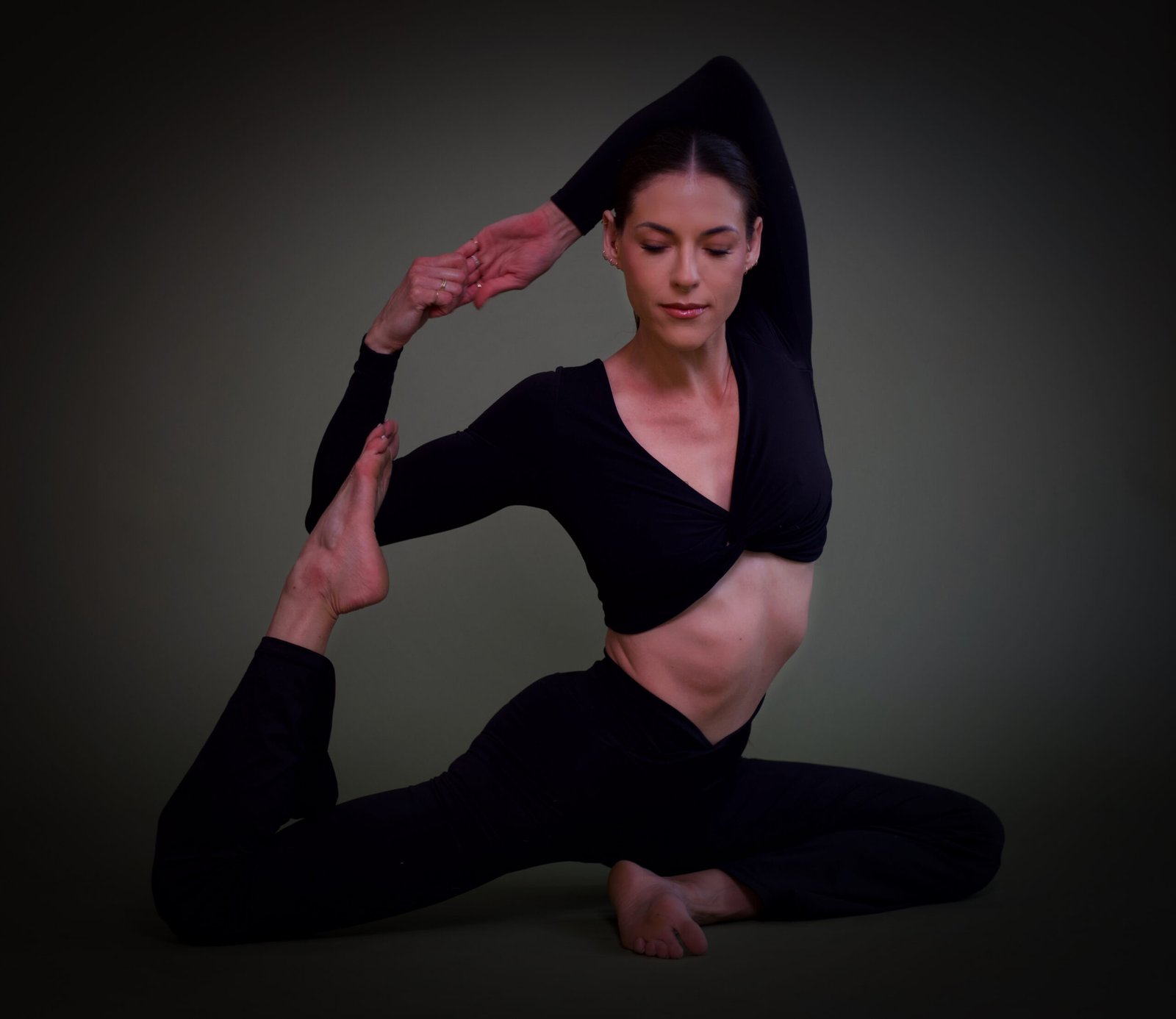
Kundalini Yoga
The Yoga of Awareness

What is Kundalini Yoga?
Kundalini Yoga is the "yoga of awareness"—a spiritual practice designed to awaken dormant energy at the base of the spine and expand consciousness. Unlike many yoga styles focused on physical fitness or flexibility, Kundalini uses a powerful combination of dynamic postures, breathwork (pranayama), mantra chanting, meditation, and mudra (hand gestures) to shift energy, clear blockages, and catalyze spiritual transformation.
Each Kundalini class follows a specific sequence called a kriya—a prescribed set of movements, breath patterns, and sounds designed to achieve a particular effect on the body, mind, and nervous system. There is no modification or improvisation; the structure is honored as sacred technology passed down through an unbroken lineage.
Brought to the West in 1969 by Yogi Bhajan, Kundalini Yoga was designed not for monks in mountain caves, but for everyday householders seeking profound inner work alongside their daily lives. Today, it attracts seekers, healers, artists, and anyone craving transformation beyond the physical.
Philosophy & Tradition
Kundalini Energy
At the heart of Kundalini Yoga lies the concept of kundalini shakti—dormant, coiled spiritual energy believed to rest at the base of the spine (the root chakra). Through specific kriyas, breathwork, and intention, practitioners awaken this energy and guide it upward through the energy channels (nadis) and chakra system toward higher consciousness.
This is not a religion but an energetic science—one rooted in thousands of years of Tantric and yogic philosophy.
The Lineage
Kundalini Yoga comes from a specific lineage taught by Yogi Bhajan and preserved through the Kundalini Research Institute (KRI). Teachers train rigorously and earn KRI certification, ensuring the teachings remain authentic and powerful.
Core Principles
Structure & Approach
A typical Kundalini Yoga class follows this flow:
Opening (5 min)
Begins with the Adi Mantra—"Ong Namo Guru Dev Namo"—chanted three times to connect with the lineage and attune to your higher self.
Warm-Up (5-10 min)
Gentle spinal flexes, cat-cows, and movements prepare the energy channels and warm the body.
Kriya (20-35 min)
The heart of the practice. A specific kriya combines postures, breath patterns, mudras, and mantra to target particular glands, chakras, or states of consciousness. Each kriya is performed exactly as taught—without variation.
Relaxation (5-10 min)
Deep relaxation in Savasana integrates the energetic and nervous system shifts. Often accompanied by sacred music.
Meditation (5-15 min)
A seated meditation (using mantra, breath, or mudra) completes the practice, elevating consciousness.
Closing (1-2 min)
Students chant "Sat Nam" (Truth is my identity) and bow slightly, offering gratitude.
Why Kriyas Aren't Modified
Each kriya is energetically precise. Changing the sequence, breath count, or timing interrupts the intended effect. This is why teachers lead kriyas exactly as taught—it's not rigidity, it's respect for the technology. Modifications are offered for physical limitations, but the core structure remains intact.
Breath and Flow
Breath
Breath is one of the most vital components of Kundalini Yoga. Techniques may include:
- Breath of Fire: Rapid, rhythmic breath through the nose, energizing and detoxifying
- Long Deep Breathing: Expanding the belly, ribs, and chest slowly and deeply
- Segmented Breathing: Inhalations or exhalations broken into equal parts
- Alternate Nostril Breathing: Balancing left/right channels and nervous system
These pranayama practices activate prana (life force) and prepare the body to safely channel rising kundalini energy.
Flow
Flow in Kundalini Yoga isn't about seamless physical transitions—it's about energetic and rhythmic continuity. Movement is often repetitive and rhythmic, using the body as a vessel to pump energy, shake loose emotional residue, or awaken a meditative trance state.
Examples:
- Repeating arm pumps for 3 minutes with powerful breath
- Chanting in a seated posture with rhythmic spine flexion
- Holding a static posture while breathing or vocalizing
Flow is spiritual and internal—it builds not through poses, but through vibration, intensity, and inner shift.
Pace, Focus, and Teacher Role
Pace
The pace of a Kundalini class is entirely determined by the kriya being practiced. Some are slow, still, and deeply meditative. Others are fast, intense, and physically demanding.
Time-based repetition is common, e.g., holding a posture or breath pattern for 3, 7, or even 11 minutes.
Focus
Kundalini Yoga focuses on:
- Awakening and channeling kundalini energy
- Strengthening the nervous and glandular systems
- Emotional detoxification and release
- Heightening intuition and awareness
- Accessing altered or elevated states of consciousness
- Balancing the chakras and cultivating inner radiance
Each kriya or meditation has a clear, stated intention—students often leave class feeling radically shifted.
Teacher Role
The Kundalini teacher is a conduit of tradition and transmission. Their role is less about physical instruction and more about energetic facilitation and spiritual holding.
They:
- Guide students through kriyas without altering their structure
- Lead mantra chanting and hold ceremonial space
- Serve as a vessel for the teachings, often dressing in white and covering the head to maintain energetic integrity
- Offer dharma talks or brief teachings before or after practice
The teacher's energy, clarity, and neutrality are key.
Vibe and Community
The vibe in a Kundalini Yoga space is:
- Mystical and sacred
- Inclusive but intentional
- Reverent toward lineage and subtle energy
- Often ceremonial or devotional
You may find gongs, harmoniums, altar spaces, and mantra music (e.g., Snatam Kaur, Jai-Jagdeesh, White Sun) playing during or after class.
The community often draws seekers, healers, empaths, artists, and those craving transformation beyond the physical level.
Who Is Kundalini Yoga For?
Kundalini Yoga is for:
Spiritual Seekers
Craving depth and transformation beyond physical practice.
Sensitive Individuals
Needing energetic hygiene and clearing.
Those Ready for Change
Ready to confront emotional blocks or life stagnation.
Purpose Seekers
Feeling disconnected from purpose, passion, or vitality.
Sound & Mantra Lovers
Drawn to mantra, breathwork, and sacred sound.
It may not be ideal for:
- Students seeking purely physical fitness
- Those uncomfortable with chanting or spiritual themes
- Anyone with trauma or instability without proper support (some kriyas can be intense)
Kundalini Yoga is a path, not just a workout—and it often draws those ready for lasting inner change.
Conclusion
Kundalini Yoga is a transformative spiritual technology. With its potent blend of breath, mantra, movement, and meditation, it offers practitioners a chance to awaken their deepest energy, cleanse emotional and energetic blockages, and live with greater clarity, power, and purpose.
It is not always easy—but it is always transformative.
For those ready to meet themselves in the fire of their own awakening, Kundalini Yoga is a profound and sacred path.
Explore Related Yoga Styles
If you are drawn to Kundalini's spiritual depth but seek a more meditative approach, Kriya Yoga offers a disciplined path of breath and inner awakening. If you are called to devotion, Bhakti Yoga opens the heart through chanting, community, and love in action. For those who prefer to channel energy through physical discipline, the structure of Ashtanga or the creative flow of Vinyasa can provide grounding balance. And if what you need is softness and release, Yin Yoga invites you into stillness, surrender, and deep energetic opening—serving as a gentle complement to Kundalini's intensity.
Find Kundalini Yoga Near You
Connect with experienced Kundalini Yoga teachers and studios in your area. Browse verified classes, read reviews, and begin your spiritual practice with confidence.

Inner Light Kundalini Center
KRI-certified teachers offering authentic Kundalini kriyas, breathwork, and meditation practices.
Learn More
Awakening Energy Studio
Specializing in kundalini awakening, chakra balancing, and transformative energy work for all levels.
Learn More
Sacred Sound Yoga Studio
Mantra-based kundalini yoga with sacred chanting, kriyas, and deep meditative experiences.
Learn MoreReady to Commit to Your Practice?
Find experienced Kundalini Yoga teachers and studios near you. Browse verified classes, read reviews, and begin your journey with confidence.